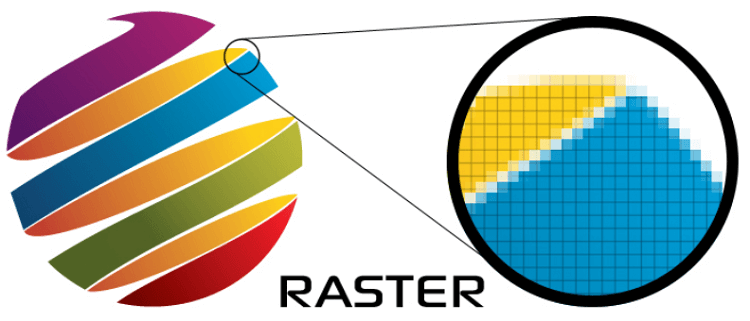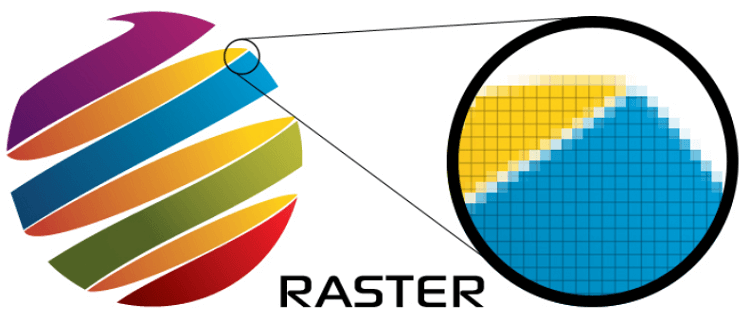Demystifying Raster Graphics: Pixels, Detail, and Digital Artistry
In the world of digital imagery, two primary types of graphics reign supreme: raster graphics and vector graphics. While both have their strengths and weaknesses, raster graphics are often the unsung heroes of the digital art world. In this blog, we’ll embark on a journey into the fascinating realm of Bitmap images, exploring their characteristics, applications, and the artistry that comes with pixels.

Raster Graphics in Focus: What Are They
Before we delve deeper, let’s clarify what raster graphics are. Also known as bitmap images, are made up of tiny individual building blocks called pixels. Each pixel contains information about color, creating a grid that forms a complete image. The more pixels an image contains, the higher its resolution and potential for detail.
Understanding the Pixel: The Basis of Raster Graphics
Pixels are the fundamental units of raster graphics. They are like the atoms of the digital image world, working together to create complex visual compositions. Each pixel has its own color value, which is often represented in a combination of Red, Green, and Blue (RGB) values. The arrangement of pixels and their individual color values determines the overall appearance of an image.
Characteristics
Raster graphics come with distinct characteristics that make them suitable for specific applications:
Resolution-dependent
Raster images are resolution-dependent, meaning that their quality and clarity are directly tied to the number of pixels they contain. Higher resolutions yield more detail but also result in larger file sizes.
Realistic and detailed
Raster graphics excel at capturing intricate details and reproducing complex scenes, making them ideal for digital photographs and realistic digital art.
Photographic quality Digital images
They are the go-to format for capturing and displaying photographs, as they can faithfully reproduce the nuances of real-world scenes.
File formats
Common file formats for raster graphics include JPEG, PNG, GIF, and TIFF, each with its own characteristics and best use cases.
Applications of Raster Graphics
Pixel-based graphics find their application in various fields and industries:
Raster images are the primary format for digital photographs, enabling photographers to capture and edit realistic images.
Digital Art
Artists use Pixel-based artwork to create detailed and lifelike digital paintings and illustrations.
Web Design
Raster images are commonly used for website graphics, including photos, banners, and icons.
Advertising
They are used in print and digital advertising materials to convey messages with vivid, high-quality visuals.
Video Games
Game designers use raster graphics for in-game visuals, textures, and character designs.
Medical Imaging
They play a crucial role in medical imaging, allowing doctors to visualize and analyze complex scans.
Advantages and Challenges
Raster graphics offer several advantages
Realism: They excel at reproducing real-world scenes and capturing intricate details.
Artistic Expression: They are a preferred choice for digital artists looking to create lifelike illustrations.
Photographic Quality: They are essential for high-quality digital photography.
However, they also come with challenges:
Resolution Limitations
Raster images can lose quality when scaled up, as pixels become more visible.
File Size
High-resolution raster images can result in large file sizes, which may affect loading times.
Editing Limitations
Making significant edits to Bitmap graphics may result in loss of image quality
Conclusion: The Artistry of Pixels
They are the unsung heroes of the digital art world, built on the artistry of pixels. From stunning digital photographs to intricate digital paintings, they enable artists and designers to create detailed, realistic, and visually captivating images. Understanding their characteristics, applications, and the advantages they offer is essential for anyone looking to venture into the world of digital imagery. So, the next time you admire a breathtaking digital painting or a vivid photograph, remember that it all starts with the artistry of pixels in Digital images.






